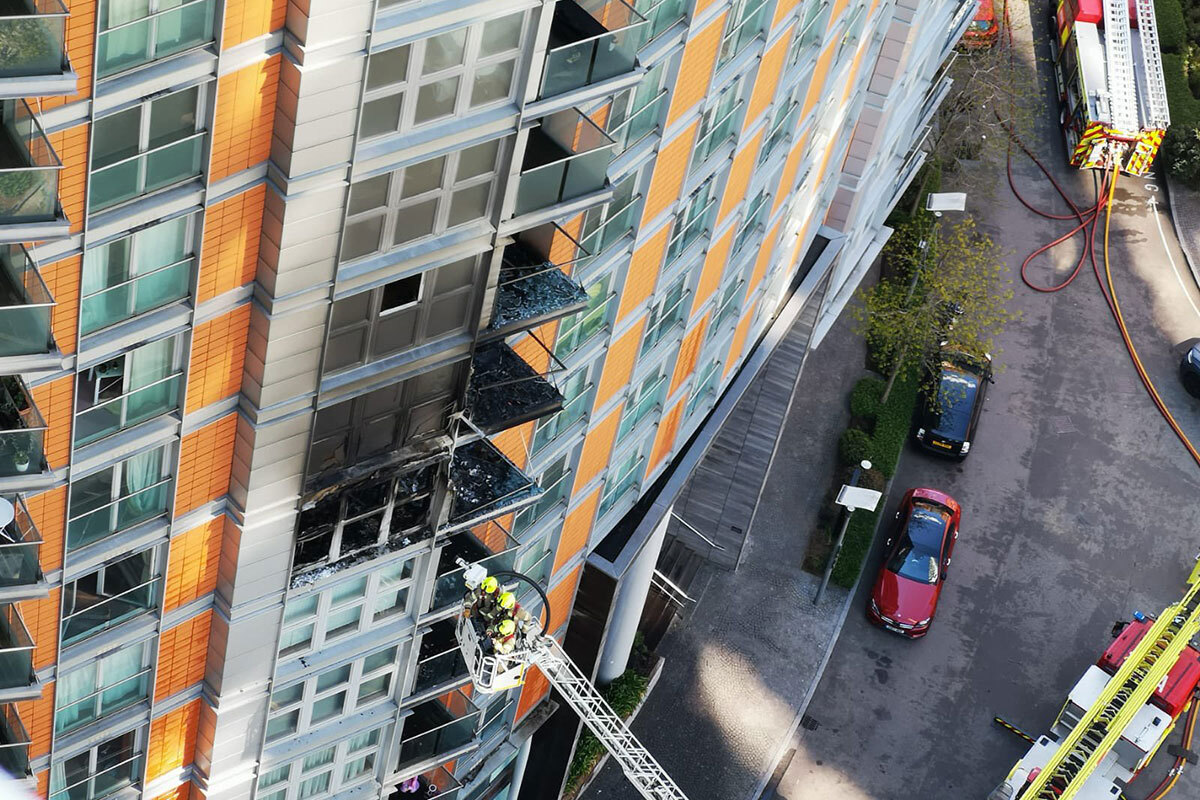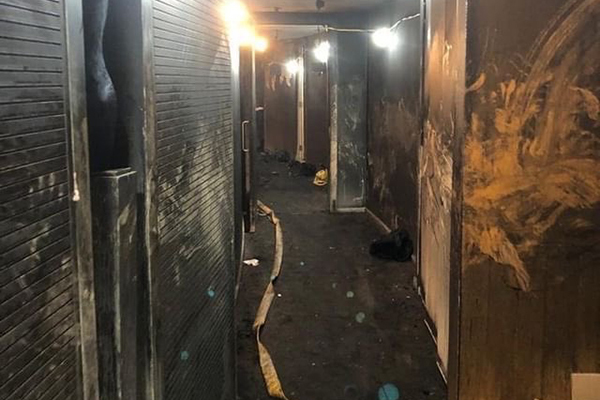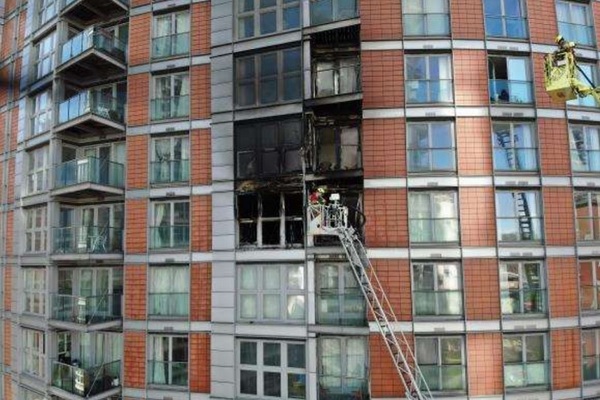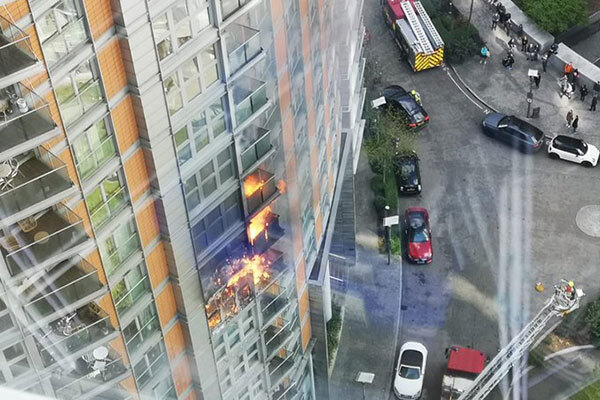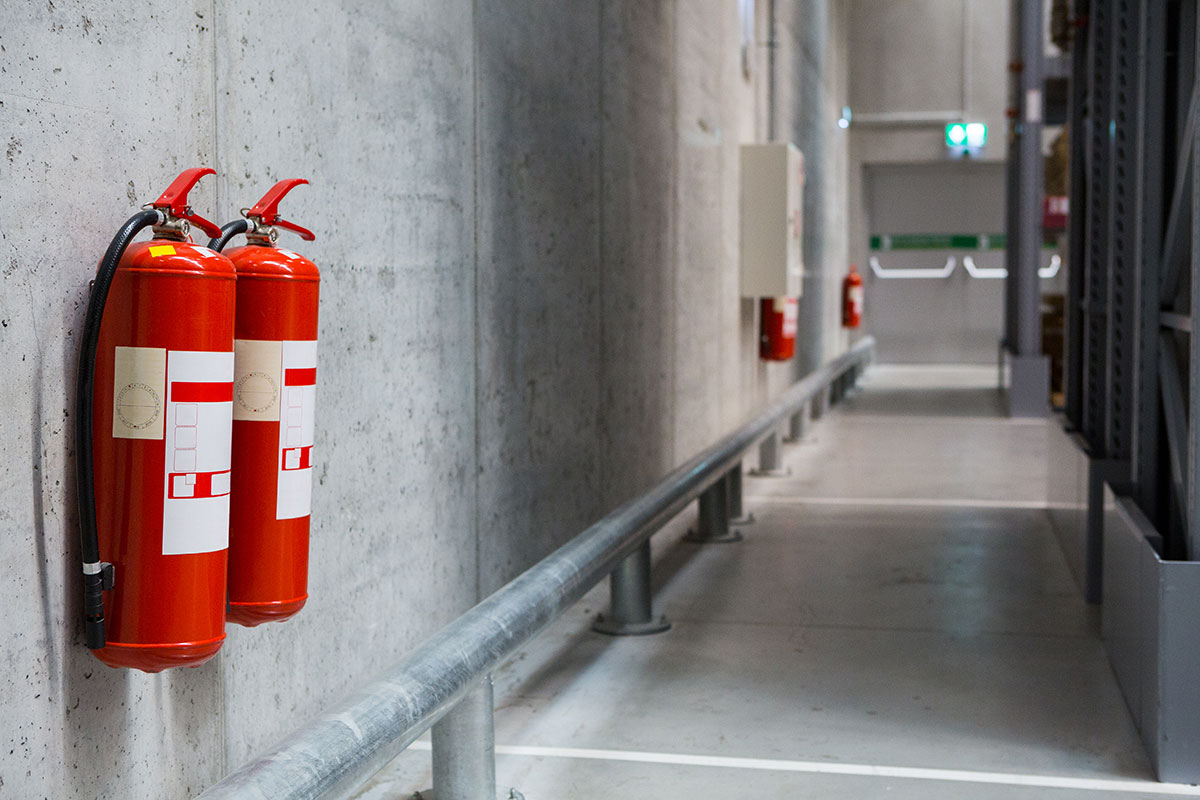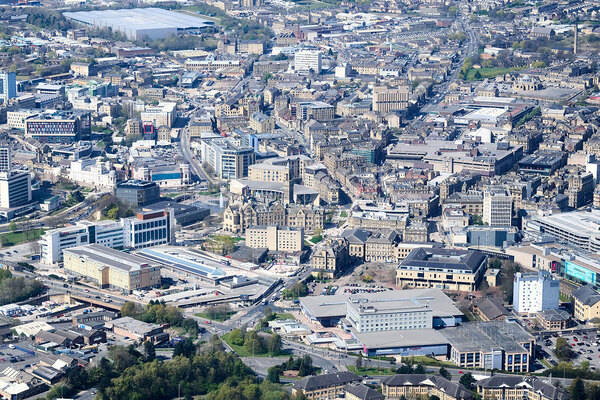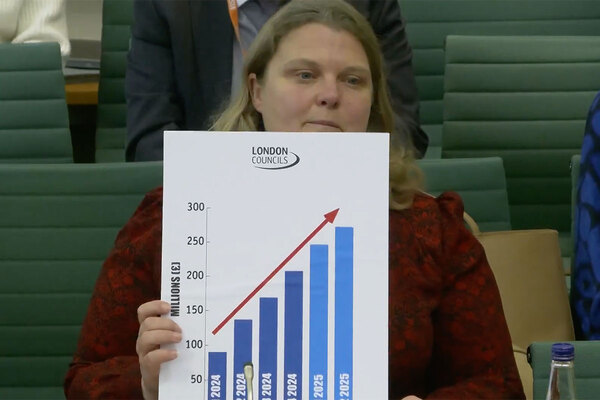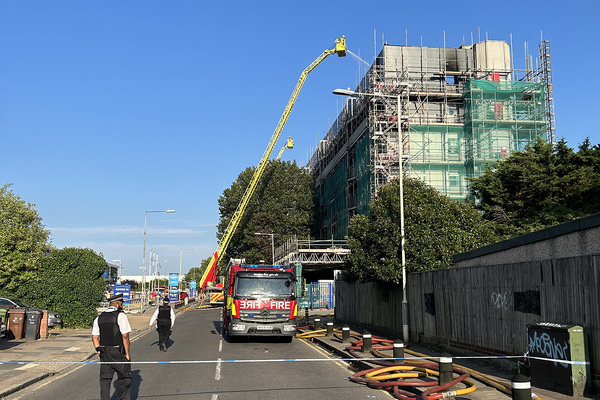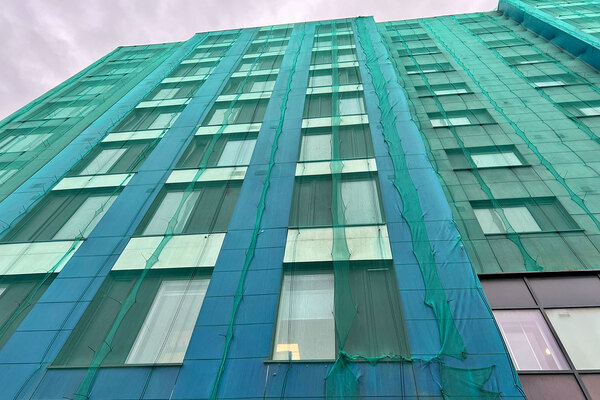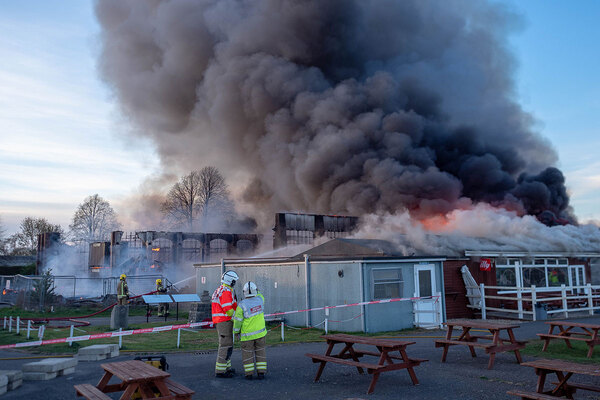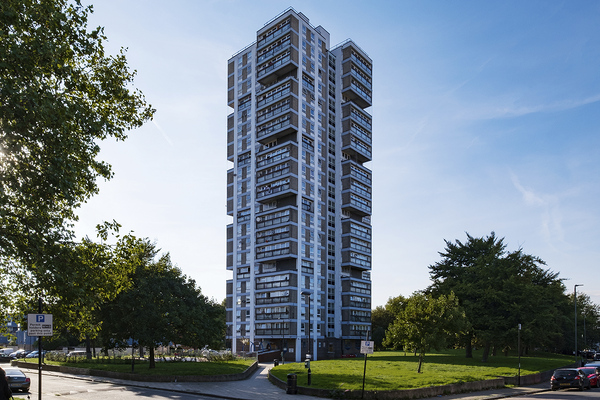Residents of block with dangerous cladding call for LFB to get further powers to investigate potential crimes
Residents of a block that had Grenfell-style cladding installed at the time of a major fire in 2021 have called on the London Fire Brigade (LFB) to gain more powers to investigate potential crimes, after it announced there was insufficient evidence to support a prosecution.
A blaze at New Providence Wharf in east London on 7 May 2021 spread across multiple floors and forced dozens of residents to evacuate.
The building was known to have aluminium composite material (ACM) cladding on its external walls – the same product that was used on Grenfell Tower.
The block was built at a time when this cladding was in line with standards in government-issued building guidance, although these standards are now known to have been defective.
It is understood the LFB found that the cladding at New Providence Wharf did not play any meaningful role in the cause or spread of the fire.
However, following a preliminary report in 2021 the LFB described the building as acting “like a broken chimney, leading to a potentially life-threatening situation” with residents escape routes left smoke logged.
It is understood the LFB activated the automatic ventilation system manually on arrival. Once activated, the system worked fully and effectively with the only failure being that it failed to operate automatically, a spokesperson for Ballymore said.
Thirty-five rescues were carried out, 22 involved fire escape hoods. The fire was declared a major incident, with more than 100 firefighters attending.
But the LFB announced earlier this month that it would not bring prosecutions following its investigations into the fire.
In a statement, the LFB said: “Following our extensive investigation, we found that there was insufficient evidence to pass the evidential test required to bring any prosecutions relating to the fire at New Providence Wharf in May 2021.
“As an enforcing authority, we must abide by The Code for Crown Prosecutors, which ensures any prosecutions we bring are fair and proportionate. In this case, after investing significant time and resource to exhaust all lines of inquiry, we were unable to identify that any offences had been committed under the RRO [Regulatory Reform (Fire Safety) Order 2005] that would pass the necessary evidential test.
“This outcome will understandably be a source of disappointment to the local community who have been greatly impacted by the fire, but it reflects the legal framework that the brigade operates within.”
Responding to the LFB announcement, the New Providence Wharf Leaseholders and Residents Association said: “We would like to thank the London Fire Brigade for its support to residents at New Providence Wharf, both at the time of the serious fire on 7th May 2021 and also throughout the duration of the lengthy subsequent investigation.
“We recognise that the specialist analysis needed for such incidents is complicated and time-consuming.
“Most importantly, it must also be supported by an evidence-collection process which is detailed and without gaps.
“We therefore sympathise with the LFB, which at this stage has had to conclude that there is ‘insufficient’ evidence to proceed further.
“It has been unnecessarily hampered in its work by its lack of legal powers to call and interrogate witnesses under oath – something that would be standard in a judge-led public inquiry.
“This allows witnesses to stay silent and leaves key questions unanswered. Such unnecessary gaps impair or prevent LFB from drawing the clear, evidence-based conclusions needed, not only for any criminal prosecution, but also to satisfy the understandable desire of affected communities to discover exactly what happened and who was responsible.”
The block was built and is owned by Irish developer Ballymore. A spokesperson for the builder said: “We note the findings of the London Fire Brigade and we remain grateful to them for their prompt and professional response on 7 May 2021.”
Mariam Chaudhary, a resident at the building, said the LFB decision was “disappointing” and meant residents were being “denied truth and justice”.
She added that work to remediate the building was still ongoing, despite an original deadline of May 2022. She said approximately half of the original scaffolding remains, with residents “stuck behind Monarflex with limited natural light for months last winter”.
Monarflex protects the facade from moisture while the works are being carried out, and prevents dust and debris falling from the building. It is designed to allow enough natural light through for works to be carried out without additional lighting.
It is understood that labour shortages and disruption in supply chains have slowed the cladding work, with Ballymore providing additional funds to the contractor carrying out the work to ensure its completion.
Ballymore is understood to have fully co-operated with the LFB during its investigation, and there is no suggestion that any further investigation would have found Ballymore facing any criminal liability.
The firm provided several hundred documents to the LFB, which were reviewed by the investigation team. These included fire risk assessments, maintenance records, staff training records, contracts, fire policies, emergency plans, tenancy and lease agreements and information provided to residents covering the past three years.
The LFB has said Ballymore understood there was full fire cover in Block D, where the fire occurred, prior to the fire.
It found that the evidence did not support a conclusion that Ballymore knew, or ought to have known, that the fire detection system was not providing full cover and would not operate correctly in the event of fire, or that a review of the fire risk assessment for Block D was needed.
Following the release of its preliminary fire investigation report, the LFB urged all those responsible for high rise buildings, especially those in charge of properties that no longer support a stay put strategy, as was the case at New Providence Wharf, to check their fire safety measures including smoke ventilation systems as a priority.
Sign up for our fire safety newsletter
Already have an account? Click here to manage your newsletters
